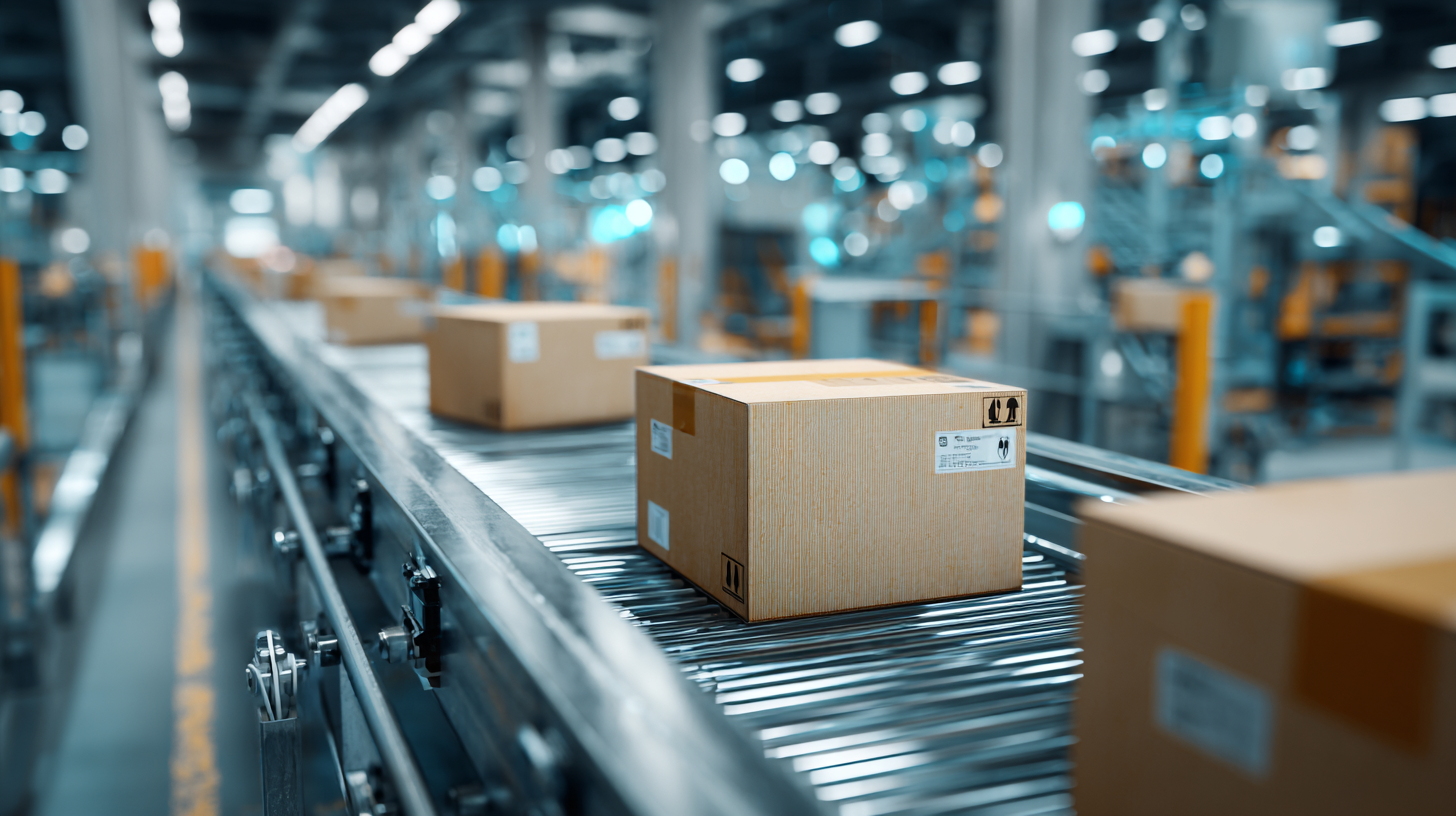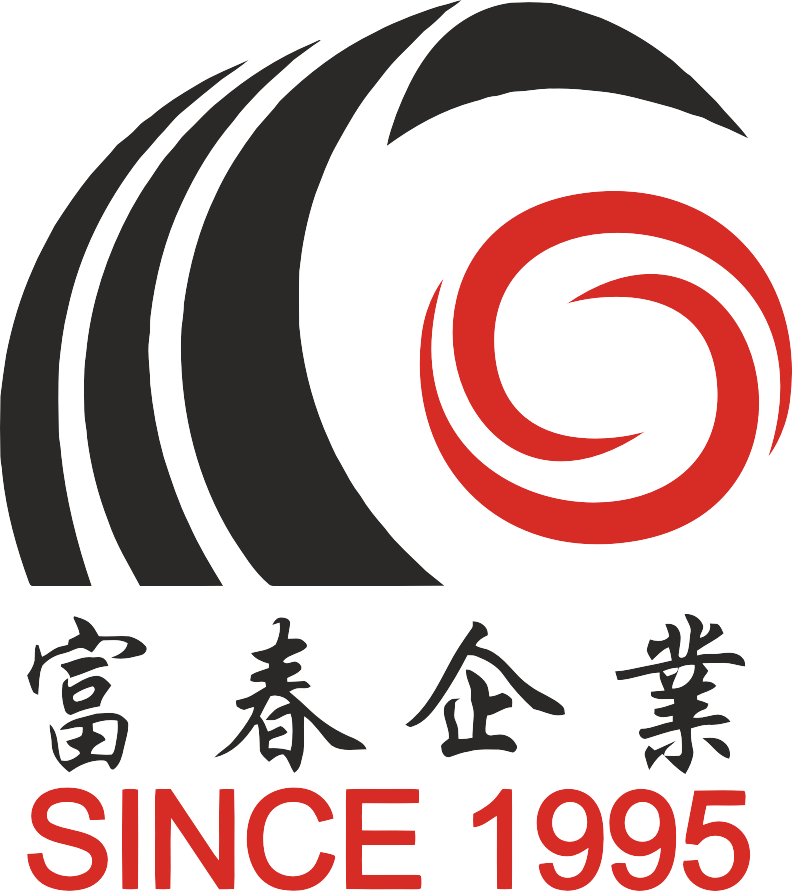Leave Your Message
In today's fast-paced global market, optimizing your supply chain is essential for maintaining competitiveness and efficiency. One innovative solution that has gained traction in procurement strategies is the use of air chambers. These versatile tools not only enhance the protection of goods during transit but also improve the overall logistics process by minimizing damage and reducing costs. As organizations increasingly rely on global suppliers and intricate networks, understanding how to effectively integrate air chambers into your supply chain can lead to significant advantages. In this blog, we will explore seven essential tips for leveraging air chambers to optimize your supply chain, ensuring that your procurement processes are both cost-effective and streamlined. With the right strategies in place, your organization can harness the power of air chambers to elevate your procurement efforts to new heights.

Air chambers play a crucial role in enhancing supply chain efficiency, particularly in global procurement. These innovative systems are designed to provide optimal protection for goods during transit, minimizing damage and reducing costs associated with product loss. According to a report by the Council of Supply Chain Management Professionals (CSCMP), companies that implement advanced packaging solutions, including air chambers, can see up to a 20% reduction in product damage rates. This protective feature is vital in maintaining product integrity and ensuring customer satisfaction.
Furthermore, the integration of air chambers into logistics processes can improve handling efficiency. A study by McKinsey & Company highlights that optimizing packaging methods can lead to a 15% decrease in shipping costs by enabling more efficient space utilization. By utilizing air chambers, businesses can maximize container space and reduce the number of shipments required. This not only enhances operational efficiency but also contributes to sustainability efforts by decreasing the carbon footprint associated with transportation. As global procurement becomes increasingly competitive, investing in air chamber technology can provide companies with a significant edge in supply chain management.
In today's competitive global marketplace, optimizing supply chains is crucial for maintaining efficiency and reducing costs.
 Air chambers have emerged as a pivotal tool in global procurement strategies, offering significant benefits that can enhance logistics and product integrity. These chambers provide a protective buffer against external elements, minimizing the risk of damage during transportation. By utilizing air chambers, companies can ensure that their products arrive at their destination in optimal condition, leading to higher customer satisfaction and reduced return rates.
Air chambers have emerged as a pivotal tool in global procurement strategies, offering significant benefits that can enhance logistics and product integrity. These chambers provide a protective buffer against external elements, minimizing the risk of damage during transportation. By utilizing air chambers, companies can ensure that their products arrive at their destination in optimal condition, leading to higher customer satisfaction and reduced return rates.
Moreover, the use of air chambers contributes to sustainability efforts in supply chain management. They are often lightweight and reusable, which helps to lower shipping costs and reduce the overall carbon footprint associated with transportation. By incorporating air chambers into their packaging solutions, businesses can strike a balance between protecting their products and promoting environmental responsibility. This dual benefit not only enhances operational efficiency but also aligns with the growing consumer demand for eco-friendly practices in procurement.
Integrating air chambers into your supply chain process can significantly enhance efficiency and reduce costs. According to a report by the Council of Supply Chain Management Professionals (CSCMP), optimizing logistics can decrease overall supply chain costs by up to 10%. Air chambers, designed to provide cushioning and protection for goods during transportation, play a crucial role in minimizing damage and improving delivery performance. By incorporating these systems, companies can ensure that products arrive in optimal condition, reducing returns and increasing customer satisfaction.
Best practices for implementing air chambers include thorough training for staff on their use and maintenance, as well as systematic evaluation of their impact on logistics. A study published in the Journal of Business Logistics found that organizations that regularly assess their supply chain practices see a 15% increase in overall operational efficiency. Additionally, leveraging real-time data analytics can help monitor the effectiveness of air chambers, allowing businesses to make informed adjustments to their processes. By committing to these practices, companies can create a more resilient supply chain, ensuring they remain competitive in an increasingly global market.
| Tip # | Description | Benefits | Implementation Steps |
|---|---|---|---|
| 1 | Analyze current procurement processes for air chamber integration. | Increases efficiency and reduces waste. | Conduct workshops with the procurement team to identify areas for improvement. |
| 2 | Select high-quality air chamber suppliers. | Ensures reliability and performance in supply chain logistics. | Evaluate suppliers based on past performance and quality certifications. |
| 3 | Invest in training for employees on air chamber usage. | Maximizes the efficiency of air chamber implementation. | Develop a training program and schedule regular training sessions. |
| 4 | Implement technology for real-time monitoring of supply chain. | Enhances visibility and control over the logistics process. | Invest in software solutions that allow tracking of air chambers throughout the supply chain. |
| 5 | Regularly review and adapt air chamber strategies. | Maintains optimal performance and cost-effectiveness. | Schedule quarterly reviews of supply chain metrics related to air chambers. |
| 6 | Establish feedback loops with suppliers and logistics partners. | Facilitates continuous improvement through collaboration. | Create a structured process for gathering and analyzing feedback. |
| 7 | Measure performance using key performance indicators (KPIs). | Helps quantify the benefits of air chamber usage. | Define and track relevant KPIs related to air chamber operations. |
In today’s competitive landscape, achieving cost-effectiveness in global procurement is paramount. One innovative solution gaining traction is the use of air chambers for supply chain optimization. According to a recent report by Grand View Research, the global air cushion packaging market is expected to reach USD 5.5 billion by 2027, growing at a CAGR of 5.1%. This growth is indicative of the rising realization among businesses about the benefits of minimizing damage and optimizing logistics costs through effective packaging solutions.
Air chambers facilitate a cushioned environment that protects goods during transit, effectively reducing the incidence of damage and returns. The World Packaging Organization reports that up to 30% of products can be damaged in transit without adequate protection, leading to significant financial losses. By using air chambers, companies can potentially cut their transportation costs by up to 20% while also decreasing waste and improving sustainability. This dual benefit not only enhances profitability but also aligns with increasing environmental regulations and consumer demand for sustainable practices in procurement processes.
In today’s global procurement landscape, sustainability is no longer just a buzzword; it’s a vital component of supply chain management. Air chamber solutions offer an innovative approach to enhancing this sustainability. By incorporating air chambers into packaging and transportation, businesses can significantly reduce their carbon footprint. These lightweight alternatives to traditional materials not only lower shipping costs but also minimize waste, aligning with environmentally friendly practices.








